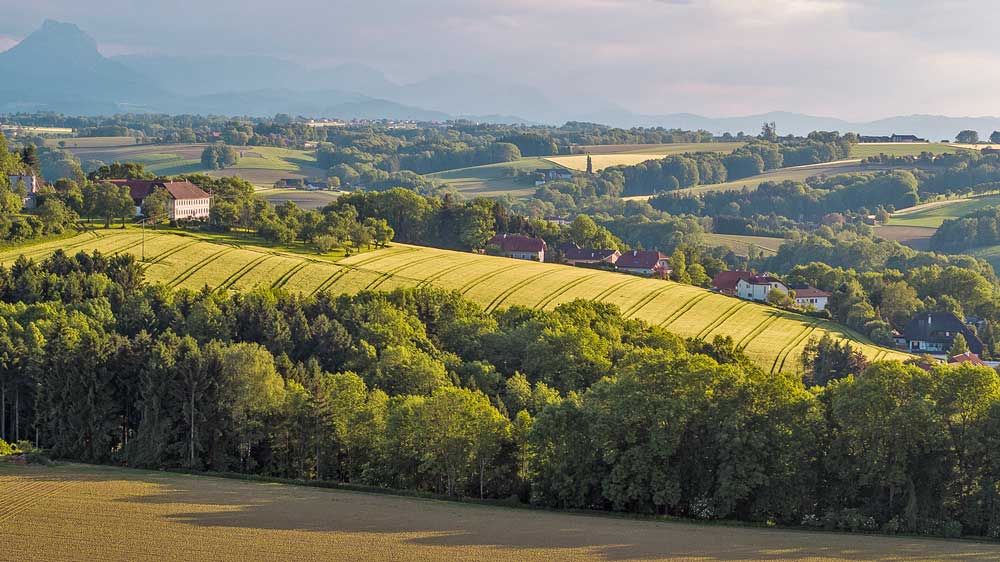Biodiversity: More target setting!
By DLG Mitteilungen
In Germany, opinions tend to differ sharply on the theme »agriculture and biodiversity«. Especially some farmers plead for a strict separation, with intensive agriculture here and nature protection there. On the other hand, biologists like to remind us that functional biodiversity means efficient crop pollination and natural pest control. Often-applied catchwords in this context are »land sharing« and »land sparing«. The nurturing of rare species with very specific habitat requirements definitely needs a reserved area - the »sparing« approach, for instance. Scientists at Göttingen University now argue for the integration of both approaches within the agricultural landscape, with different focusses depending on the biodiversity target. Modern and sustainable farming simultaneously offers fertile high-yielding areas, extensively farmed expanses and undisturbed habitats. This combination enables a maximum of species types and their respective »services« for the ecological system. Very important are hedges and natural corridors connecting the different countryside elements.
The scientists have only marginally started to work out how this concept may be applied in practice. And it probably won’t be too easy to bring together different interest groups. After all, linking biodiversity and agriculture is a complex exercise not to be solved with a simple »either-or« solution, but instead with targeted and region-specific programmes.
More targets in this direction will be welcome: ones that offer more efficacy than the 10% biodiversity programme from the German Environment Agency (UBA). Here, to compensate for applying certain plant protection substances (certificated by the UBA as biodiversity unfriendly) farmers must agree to set-aside 10% of farmland as untreated in order to encourage biodiversity.



